During the prewar and postwar eras, every manufacturer of toy trains added a miniature gondola. Other than a flatcar, it was the simplest and least expensive item to mass-produce, regardless of the size and materials used. Also, gondolas were very popular with youngsters, who could fill them with all sort of items. Kids put in little toys, marbles, stones, twigs, and whatever else might simulate real loads.
After World War II, when competition in the toy marketplace heated up, firms needed to take steps to set their offerings above others. Louis Marx & Co. thought what it sold with its O gauge gondolas might make the difference. The best examples of that sales philosophy were the deluxe models.
Marx takes it further
Marx, as the third of the toy train giants in postwar America, might have been expected to offer its gondolas without a load. Knowing how important Marx executives believed it was to keep the price tags on their trains below those of Lionel and American Flyer, empty gondolas probably made the most sense.
Yet Marx moved first to diversify its gondola loads prior to 1954. To understand why, let’s look at the firm’s plans.
Plans for a line of 3⁄16-inch scale O gauge trains dated to the waning days of the prewar period at the toy maker. Limited because of the global conflict and wartime restrictions on the use of strategic materials, they moved ahead steadily in the late 1940s. Among the freight cars mentioned in corporate discussions was a gondola.
Eventually, Marx released an attractive group of models equipped with eight wheels, tilt automatic couplers, and lithographed tinplated sheet-metal bodies. The names of four railroads were used on a low-sided gondola: Baltimore & Ohio, Nickel Plate Road, Pennsylvania RR, and Texas & Pacific.
Among those gondolas, at least one road name but probably others came with a load of seven round “sewer tiles” (cardboard cylinders). The lightweight pieces resembled culverts on their way to a construction site or a shipment center.
More with plastic cars
Not long after, in the mid-1950s, Marx diversified its toy train line with a roster of O gauge freight cars molded out of plastics and equipped with eight wheels. Known as “deluxe” models, they measured about 8½ inches long and 2 inches wide, featured movable parts, and tended to be sold in top-of-the-line sets destined for Sears, Roebuck & Co., a primary Marx customer.
Leading the way was the no. 05572 gondola, brought out around 1952 and offered through 1970. Lettered for the Erie RR, it was molded in black, blue, gray, or orange plastic and had two versions of the railroad’s diamond herald, various types of Marx trucks, and tilt automatic couplers. Also, it had movable drop ends, something no Lionel or Flyer gondola ever featured.
Marx applied the 05572 catalog number to a Canadian Pacific gondola, which it offered between 1957 and ’62 as a black or brown model.
Finally, Marx put out the no. 05536/05572 Louisville & Nashville car (the number “20309” appeared on the model). Versions associated with 1959 were brown with white graphics; those linked to 1961 were yellow with black lettering.
Better still, all three of those gondolas came with one of two kinds of neat loads. Starting as early as 1952. Marx used the familiar seven sewer tiles made out of cardboard. To that supervisors added four plastic boxes. In doing so, the company beat its major competitors and gave kids more to enjoy.
Marx cataloged the no. 05536/05572 L&N gondola in 1959 and ’61.
Buyer’s Checklist:
- Cracked or warped body shell?
- Bent or malfunctioning movable drop ends?
- Missing or damaged loads?
- Non-operating trucks and tilt automatic couplers?
- Faded or scratched lettering?





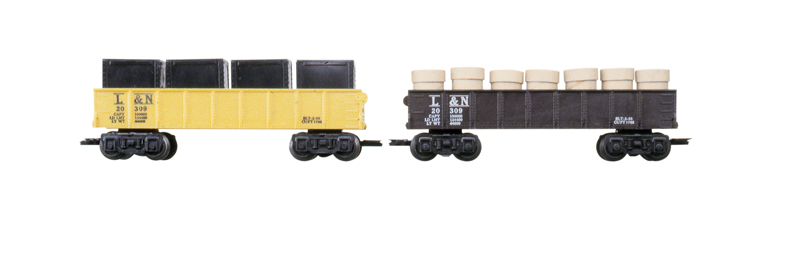

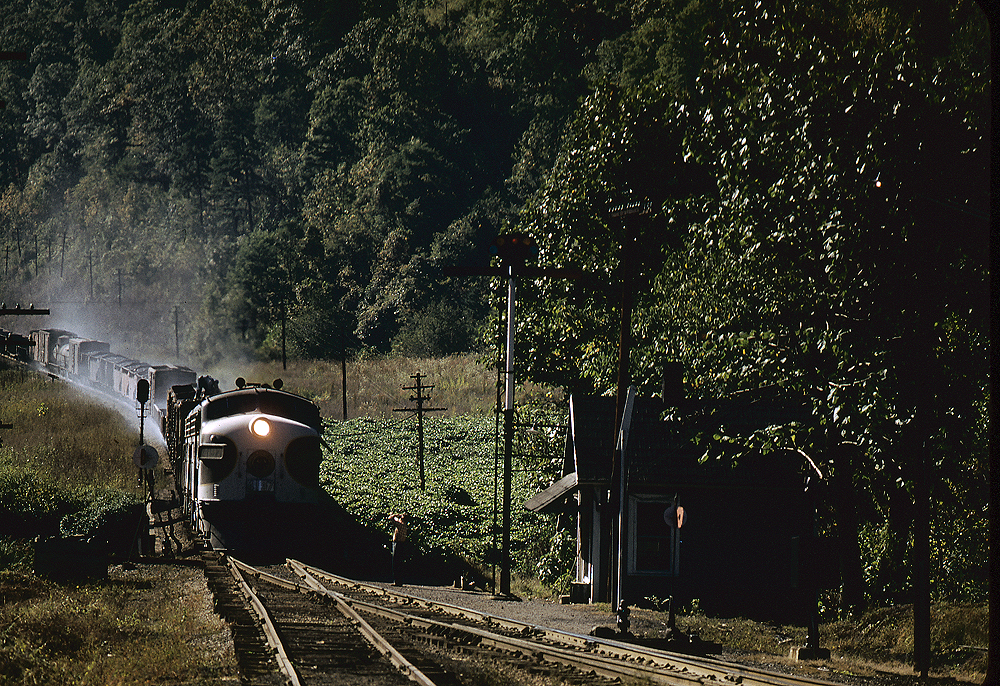
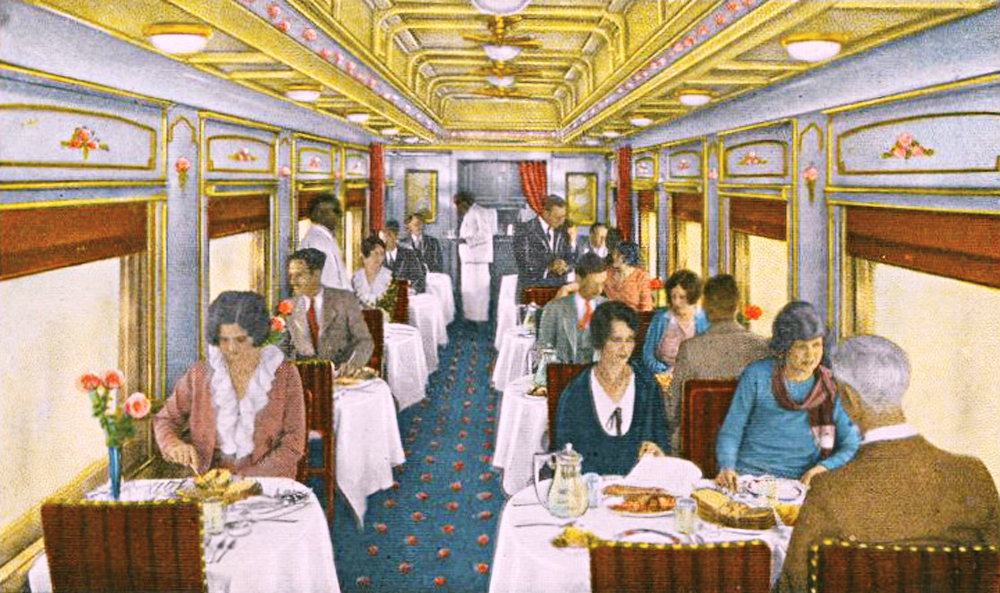
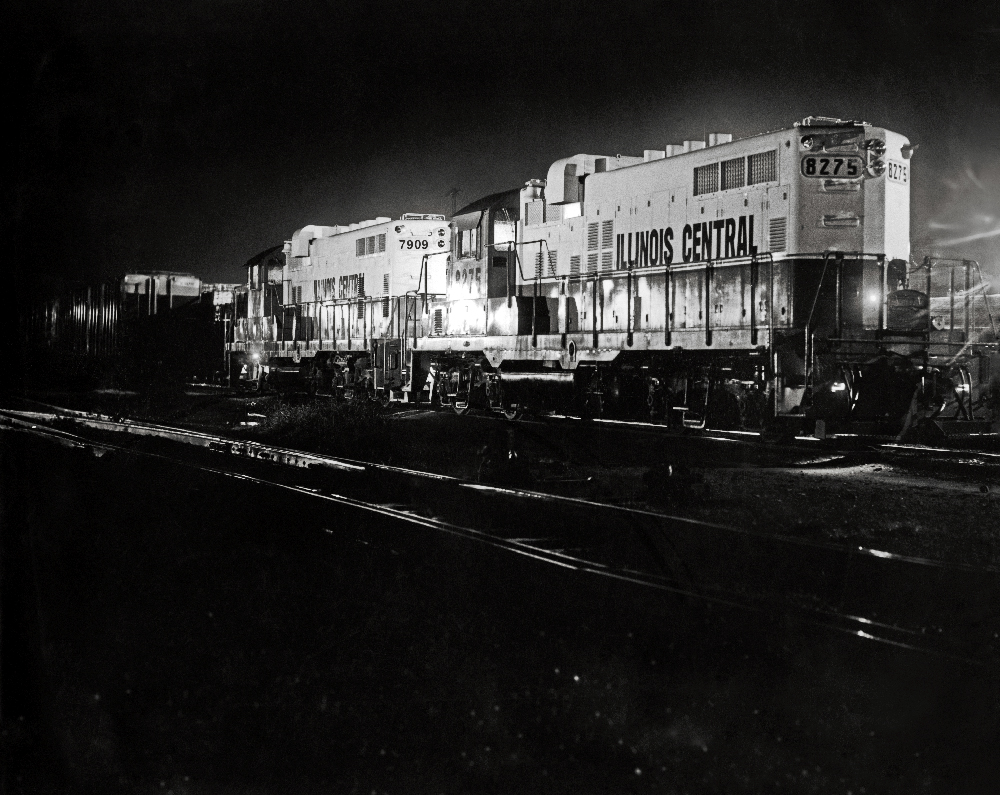
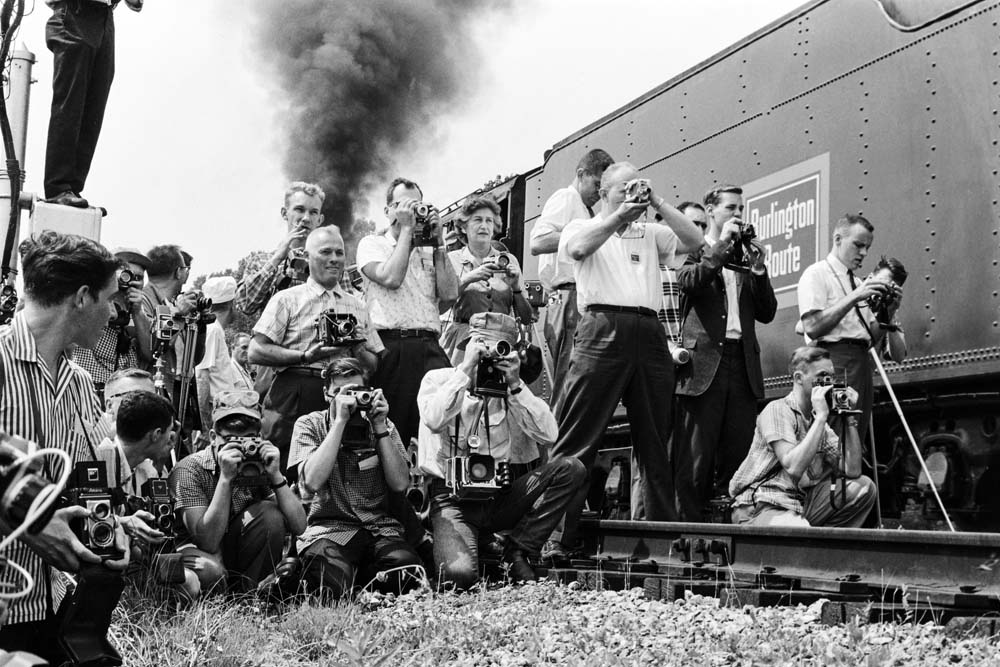




Great article ! 1941 Marx introduced it’s 3/16 scale tinplate line and in 1952 Marx continued its scale line in
plastic.